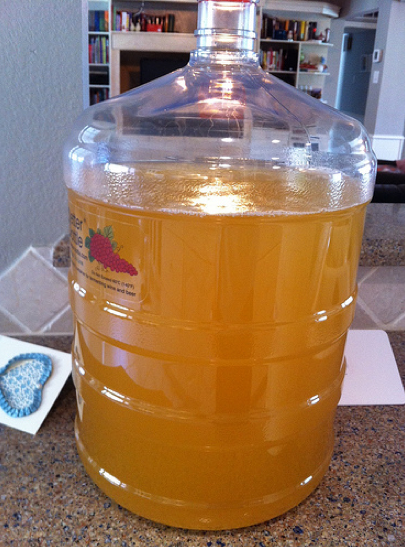Dagobah
Active Member
My first batch has been fermenting for a little over two weeks. I'm using the orange blossom recipe from "The Complete Meadmaker".
It says to rack after 2-weeks. However it still seems to be fermenting at a pretty high rate. I'm getting bubbles in the airlock every 7-8 seconds. I've read elsewhere to wait until that's closer to every 30 seconds or more.
Any harm in doing it now vs waiting? I'm in no hurry if it won't harm the mead.
It says to rack after 2-weeks. However it still seems to be fermenting at a pretty high rate. I'm getting bubbles in the airlock every 7-8 seconds. I've read elsewhere to wait until that's closer to every 30 seconds or more.
Any harm in doing it now vs waiting? I'm in no hurry if it won't harm the mead.






